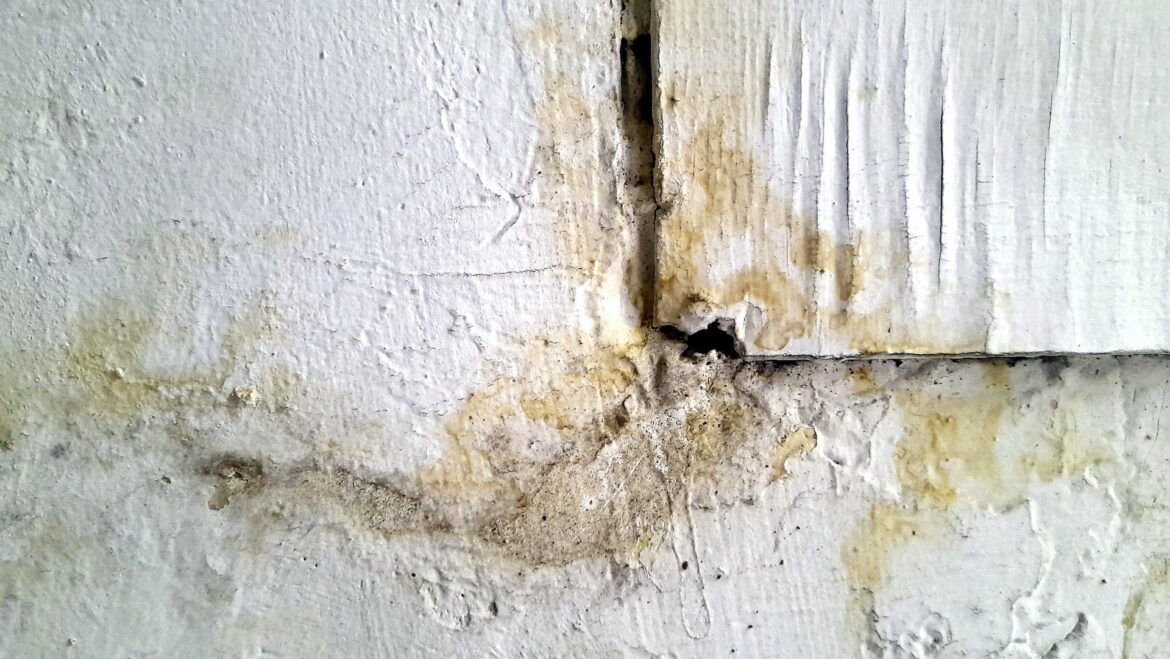Understanding the Different Types of Drywall Water Damage
Drywall is a standard construction material that’s often exposed to water. Its makeup of gypsum-based plaster encased in paper makes it prone to damage from even the slightest of leaks.
While signs of drywall water damage may seem purely cosmetic, they can indicate ongoing leaks and structural problems that should be addressed immediately. Some of the most commonly observed issues include discoloration and stains.
Mold
Drywall is a very porous material, which makes it a favorable breeding ground for mold. Once mold spores get hold of a damp drywall surface, they begin to germinate and spread in the wall with each passing hour. The spores can also become airborne, allowing them to travel throughout your home and start growing in other places with favorable conditions for growth.
Mold in drywall can cause many issues, from structural damage to health problems. Its spores can off-gas and produce mycotoxins, which are poisonous to humans. In addition, the spores can trigger allergies and respiratory problems in exposed people.
Mold in drywall is typically a result of water damage that has gone untreated. The best way to avoid mold formation is by addressing the water issue quickly and using a moisture meter to ensure the wall is dry inside. Following this advice can prevent expensive repairs down the line. High-volume fans and a structural drying dehumidifier will also help speed up the process of avoiding mold in drywall.
Warping
Drywall and the materials around it are prone to warping, especially if they sit wet for an extended period. This is often a telltale sign of a severe leak or flood that hasn’t been addressed adequately.
The warping can also appear as discolored spots along the walls, and it may cause wallpaper and paint to soften. This isn’t something you should ignore, as it could lead to future problems with your home’s structure.
Another indication of a water problem is a musty or foul smell. This is usually a sign of mold or other moisture entering the drywall. If you notice this smell, having drywall water damage repair as soon as possible is essential. They’ll be able to locate the source of the mold and thoroughly clean and dry the affected area before it can become permanent damage. This will save you time and money in the long run.
Peeling or Flaking Paint
Drywall, comprised of gypsum-based plaster encased in paper, is integral to many homes and buildings. But, like any construction material, it’s not immune to water damage.
Water damage that is left unchecked can lead to mold growth, weakened walls, and structural problems. Not to mention, it can dramatically decrease the value of a home.
Weakened drywall exposed to water can lose its rigidity, causing it to warp or crumble. Moreover, it may not be suitable for further use and may need to be replaced.
Paint peeling or flaking is a common sign of moisture damage. This could be due to several factors, including humidity, poor ventilation, and improperly applied caulking. However, the underlying cause is most likely a leak or other water damage to the drywall. This is why it’s essential to identify and fix the problem as quickly as possible.
Water Stains
If you notice water stains on your walls or ceiling, it’s crucial to identify and address the cause of the stain. Drywalls can’t withstand moisture for long periods, and if the problem isn’t fixed soon enough, it can lead to soft drywall and mold.
Water stains are light- to dark-brown discolorations that can appear on walls or ceilings. A leak typically causes them and may indicate a severe problem like mold, rot, or structural damage.
Depending on where the water stains are and the moisture in your drywall, you may be able to repair them with bleach. If the staining is extensive, you’ll likely need to replace your drywall. If you’re unsure of the source of the moisture, consult with your plumber or call a professional home inspector to find and repair the leak. To get rid of excess moisture in your house, it’s recommended to use fans and dehumidifiers. This will help prevent further damage to drywall and ensure that your paint can adhere properly.



